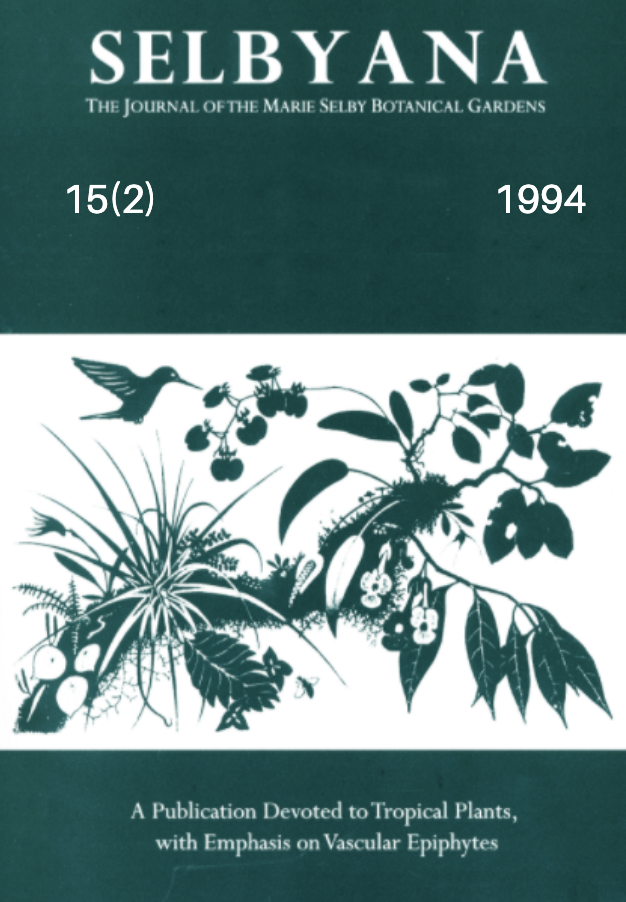Abstract
Forest canopy communities are important in maintaining the diversity, resiliency, and functioning of the ecosystems they inhabit. With the increasing interest in and amounts of data on forest canopies that are resulting from new access techniques, ecologists require tools to deal with: 1) new types of data, 2) a great deal more data, and 3) the necessity of sharing data among researchers who have separate research questions. With the support of the National Science Foundation, we established the Canopy Research Network (CRN) to bring together forest canopy researchers, quantitative scientists, and computer scientists to develop methods to collect, analyze, and interpret three-dimensional spatial data relating to tree crowns and forest canopies. By means of a survey to canopy scientists, we compiled an array of research questions and a set of potentially applicable information models and software tools that are in use in allied fields. We found the young field of canopy science to be somewhat fragmented, with a tremendous range of questions spanning wide spatial scales and approaches. Canopy scientists have a wide range of tools available for access and data analysis, but few avenues for formal communication and synthesis among disciplines. There appears to be little overlap in use of software programs; respondents cited the use of 29 different software programs, 31 statistics packages, 31 statistics packages, 13 GIS programs, and 23 other software programs. Information on canopies is published in 72 journals, communicated at 17 different meetings, and informally exchanged via 13 electronic mail bulletin boards. To more easily overcome perceived obstacles, canopy scientists must find methods to more efficiently exchange ideas and information.
Open Access and Copyright Notice
Selbyana is committed to real and immediate open access for academic work. All of Selbyana's articles and reviews are free to access immediately upon publication. There are no author charges (APCs) prior to publication, and no charges for readers to download articles and reviews for their own scholarly use. To facilitate this, Selbyana depends on the financial backing of the Marie Selby Botanical Gardens, the hard work and dedication of its editorial team and advisory board, and the continuing support of its network of peer reviewers and partner institutions.
Authors are free to choose which open license they would like to use for their work. Our default license is the Creative Commons Attribution-NonCommercial 4.0 (CC BY-NC 4.0). While Selbyana’s articles can be copied by anyone for noncommercial purposes if proper credit is given, all materials are published under an open-access license with authors retaining full and permanent ownership of their work. The author grants Selbyana a perpetual, non-exclusive right to publish the work and to include it in other aggregations and indexes to achieve broader impact and visibility.
Authors are responsible for and required to ascertain that they are in possession of image rights for any and all photographs, illustrations, and figures included in their work or to obtain publication or reproduction rights from the rights holders. Contents of the journal will be registered with the Directory of Open Access Journals and similar repositories. Authors are encouraged to store their work elsewhere, for instance in institutional repositories or personal websites, including commercial sites such as academia.edu, to increase circulation (see The Effects of Open Access).
